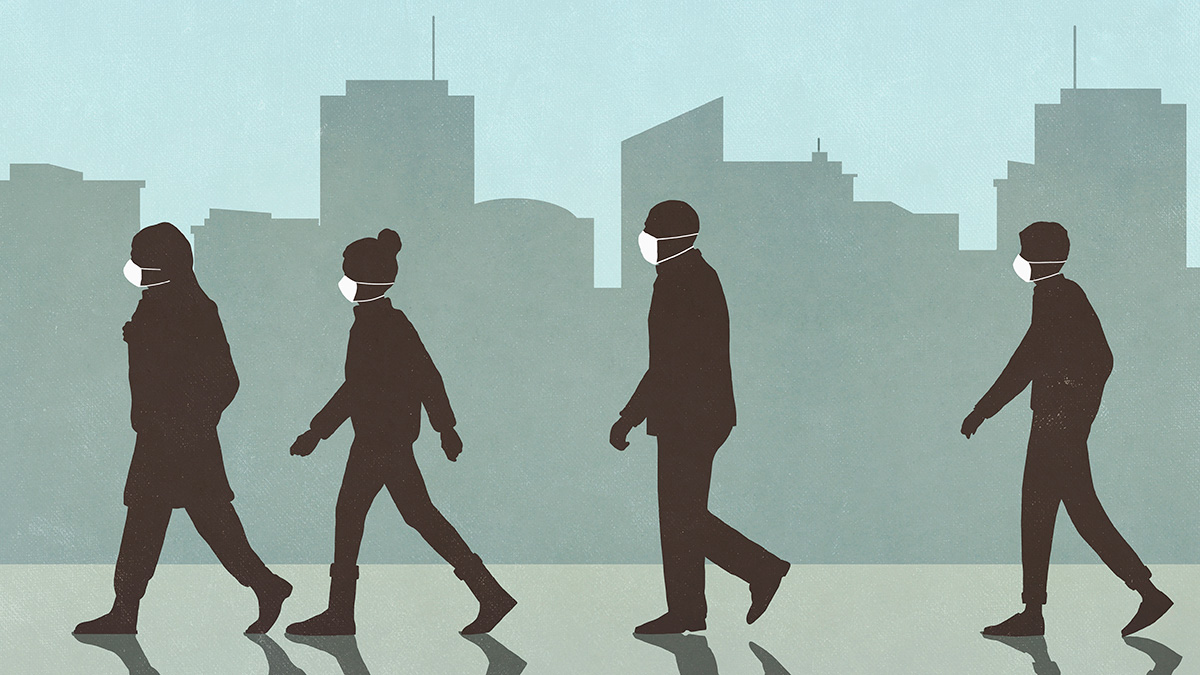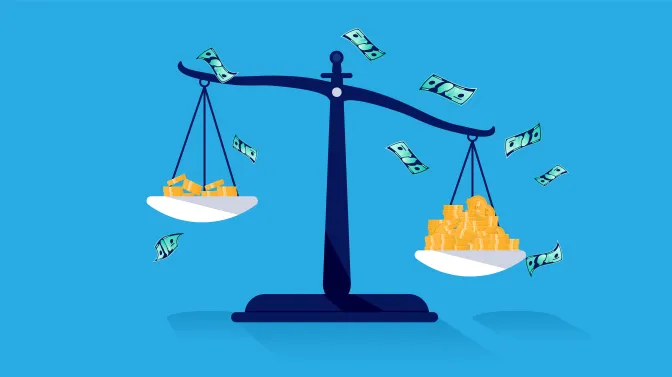
Do Paid Sick Leave Mandates Increase Productivity
A study by Paolo Volpin, Stratakis Professor in Corporate Governance and Accountability at Drexel University’s LeBow College of Business, and coauthors, shows that paid sick leave leads to higher labor productivity and firm profitability.
Key Insights
- U.S. workers do not have universal access to paid sick leave to protect them against wage losses due to illness or injury. Between 2008 and 2019, eleven states and Washington D.C. adopted a paid sick leave mandate. The introduction of state-level paid sick leave benefits led to an increase in labor productivity by 6 percent and in firm profitability by 1.6 percent.
- The impact of paid sick leave operates through two channels: the human capital channel whereby the additional fringe benefit helps attract and retain better employees; and the health channel whereby paid sick leave enhances performance by improving employees’ health. In fact, paid sick leave increases firm productivity more in industries with higher capital per employee and higher earners, and in industries that require physical presence.
- Paid sick leave has greater positive benefits for firms with headquarters in counties with higher social capital, that is in areas where the strength of social norms discourages opportunistic behaviour. This suggests that paid sick leave is more effective in environments where employees are less prone to free-ride by taking time off for minor or no illness.
Summary of Complete Findings
Employers need employees to stay healthy to protect productivity and firm performance. However, they often foster a culture that prizes presenteeism and pressurizes employees to be in the workplace even when they are sick. Sick employees face a difficult trade-off: if they stay home, they risk negative consequences for their career; if they keep going to work, they might slow down their own recovery and spread the infection to co-workers and customers. In the absence of paid sick leave benefits, staying at home means loss of earnings for an employee. Therefore, employees might be compelled to show up at work sick. Productivity at the firm would be negatively affected by a longer period of lower productivity for the sick employee and by the possibility of contagion in the workplace. Conversely, paying sick leave is an additional cost for firms and may incentivize opportunistic use of sick leave, a phenomenon known as absenteeism.
Unlike other developed economies, U.S. workers do not have universal access to earnings protection when they are sick. Employees rely on individual employer policies to provide voluntarily paid leave for short-term illness. In 2011, approximately half of U.S. employees did not have paid sick leave, and up to 3 million had to work while sick every week. The coverage rate for paid sick leave has been increasing, but 25% of U.S. workers had still not been offered this benefit by 2020. In recent years, several states and cities across the country have started to mandate paid sick leave. Washington D.C. was the first to adopt the paid sick leave mandate in 2008. It was followed by Connecticut, California, Massachusetts, Oregon, Vermont, Arizona, Washington, Rhode Island, Maryland, New Jersey and Michigan.
This study investigates the impact of paid sick leave on firm performance between 2008 and 2019 by comparing firms headquartered in states that mandated paid sick leave with firms whose headquarters are located in states without such mandate.
The researchers first consider the impact that paid sick leave can have through the human capital channel: since sick pay is an additional fringe benefit in employees’ compensation packages, employees can use it to attract and retain better employees, and provide them with incentives to be more productive. A stronger workforce can influence both a firm’s productivity (measured as sales over assets) and labor productivity (measured as sales per employee). In fact, mandating paid sick leave at state level has increased both measures, with labor productivity growing more significantly. The boost on productivity was more pronounced for firms operating in industries with more expensive and more highly skilled labor force, and in firms with higher capital per employee. These findings suggest that high earners prefer fringe benefit to additional pecuniary compensation due to tax advantages. Low earners might instead prefer extra monetary compensation to sick pay, since paid sick leave is neither marketable nor tradeable.
The adoption of paid sick leave mandates is associated on average with a 6.1% increase in labor productivity and 1.6% in firm’s profitability. Firms experience these increases only after the implementation of the paid sick leave mandate in the states where their headquarters are located.
Secondly, the study investigates how paid sick leave affects firm performance through the health channel: paid sick leave can enhance firm performance by improving employees’ health, because it helps workers to recover quickly and limits the risk of spreading the disease. If the health channel is working, paid sick leave should have a greater influence on the performance of firms operating in industries that did not have voluntary paid sick leave provision before the mandates. These include agriculture, forestry, fishing and hunting, construction, administrative and support, waste management and remediation, and arts, entertainment and recreation. Indeed, the study finds that there is a positive relationship between firm productivity and paid sick leave in these industries, although it is not substantially different from other industries. Furthermore, the researchers find that improvements in firm performance concentrate in industries that require physical presence, where the negative impact of a contagion would be more severe.
Overall, the study shows that the human capital channel is the main driver of improved firm performance following the introduction of paid sick leave, although the health channel is also present.
Paid sick leave may generate a moral hazard problem because more generous sick pay can increase absenteeism. To evaluate whether absenteeism attenuates the positive effects of paid sick leave on firm performance, the study uses the concept of social capital. The strength of social norms and the density of social networks in geographical areas can discourage opportunistic behaviour such as absenteeism, while encouraging effective communication, cooperation, and responsible behaviors. The researchers find that the positive impacts of adopting paid sick leave are in fact higher for firms headquartered in counties with higher social capital.
In conclusion, this study makes a strong case for mandating paid sick leave at the federal level by showing that the state-level mandates not only improved employee welfare and public health but also increased productivity and firm performance. From the point of view of firms, paid sick leave is a fringe benefit that can create powerful incentives for highly skilled workers and should be considered when designing an employee’s total compensation package.
“Do Paid Sick Leave Mandates Increase Productivity?” by Liangrong Chunyu (University of Essex), Paolo Volpin (Drexel University), Xingchen Zhu (Vrije Universiteit Amsterdam).



